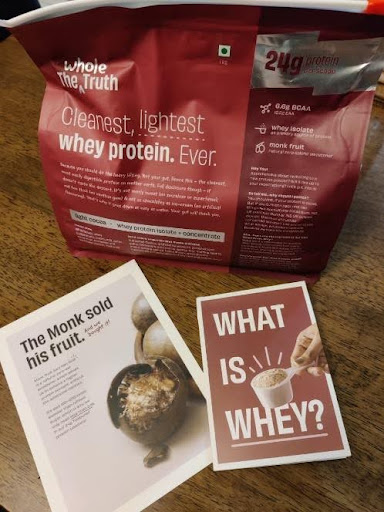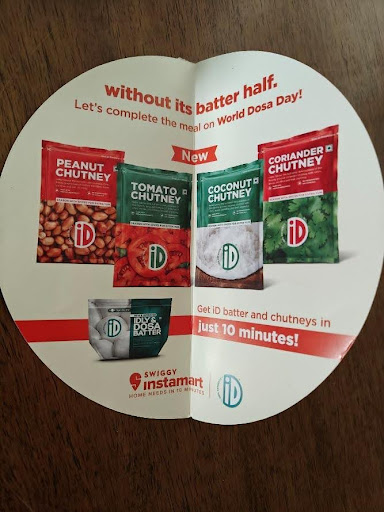Social media platforms have changed the way brands communicate and build narratives…
These platforms would have us believe that consumers need to be tricked or persistently chased into paying attention; and that hacking the algorithm is the most important role of communication. Brand narratives today are at the mercy of algorithms that dictate how and when a brand should communicate. The formula for brand communication to stand out in the clutter is well-known.
According to the play-books of new media platforms consumer attention is the result of using the right format, the prescribed length, and the frequency of messaging. Ironically, the effort to crack the algorithm has added to the clutter of sameness. It’s making every brand look and sound the same. The desperate effort to deploy multiple different but same messages to grab attention is adding to the problem of attention deficit. In a heavily digitised world, thoughtful brand interactions through tactile media can create a more lasting impression. A few Indian brands are resisting this absolute tyranny of the algorithm by showing up in meaningful ways IRL.
The Whole Truth, a D2C clean food brand, is on a mission to rebuild people’s trust in food through information and transparency. It famously ditched Instagram a while ago to put out better researched information that’s not guided by the pressures of the algorithm. Apart from its thoughtful community-building and food journalism efforts, the brand has been using packaging in a way that helps its consumers experience the brand promise. For example, their whey protein comes with keepsakes that serve as ready reckoners to help understand protein consumption. I’ve put it up on my fridge, too, for reference.


ID Foods brought traditional home-made foods like idli and dosa batter to modern households. Its products and packaging are the result of a deep understanding of consumer pain points.
For example, their patented wada packaging helps people squeeze out perfect donut-shaped wadas for frying. Their recent promotional messaging, delivered through Swiggy Instamart, a grocery delivery service, brings alive their brand personality. The lifelike dosa-shaped promotional flyer makes you pay attention, the incomplete sentence on the front makes you open the flyer, and the pun inside brings a smile. It’s certainly not a piece of communication one can ignore.


What we can learn
- Deeper engagements are more effective than frequent messages
- Put your consumer at the heart of everything you do
- Every touchpoint is an opportunity to let the brand’s personality shine through
- Solve for relevance first, and differentiation will follow. When you can find ways to add value to people’s lives, you will get noticed.
Apart from packaging, retail space is another touch-and-feel medium that brings alive the world of the brand. And it is usually the luxury brands that are utilizing this touchpoint the best.
Sabyasachi’s retail spaces bring alive the maximalist grandeur that’s at the heart of the brand’s ethos. It’s tough to be in the store and not feel in awe of the heritage, history, and craft that the space celebrates. Sabyasachi explains, ‘I think of my stores as living museums, where we celebrate what was and what can be.‘
Mokobara (below), a design-led luggage brand is driven by the mission to elevate the joy of travel for everyone going places. Their store captures their design philosophy of Lagom, a Swedish word meaning — ‘Not too little, not too much. Just right.’ There is a sense of optimism and adventure in the store, with the signature smiley ball pool and a life-size astronaut (the brand’s mascot).

What we can learn
- Retail spaces are and should be designed as physical manifestations of the brand’s promise, values, and personality.
- Retail design is experience design. Attention to detail in designing the staff behaviour or deciding the signature scent can help create memory structures and long-term associations with the brand (Think Starbucks with its signature ‘Welcome to Starbucks’ greeting and the coffee smell that draws you in)
Brand narratives don’t get built through mass and social media communication alone. Every touchpoint can be an opportunity to connect with consumers and invite them to experience the brand. If a ‘brand’ is a set of associations, tactile touchpoints can make these associations stronger and turn them into memories.
The game isn’t about attention anymore, it’s about connection. The key is to identify the most relevant tactile touchpoints for your category: Is it packaging? Is it the store? Could it be the delivery channel?
Featured image: Sabyasachi flagship store in New York

































